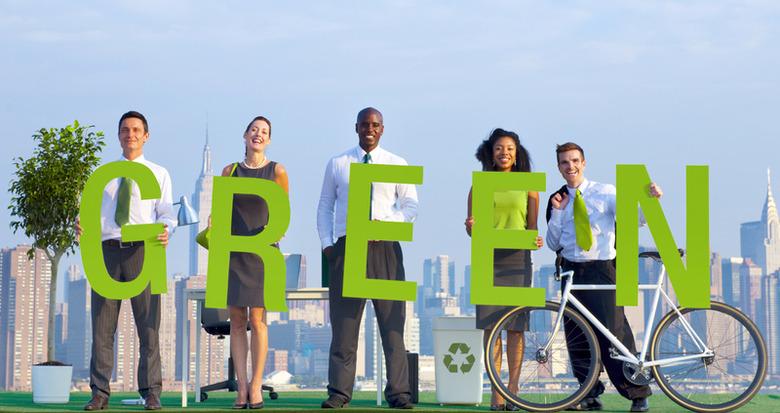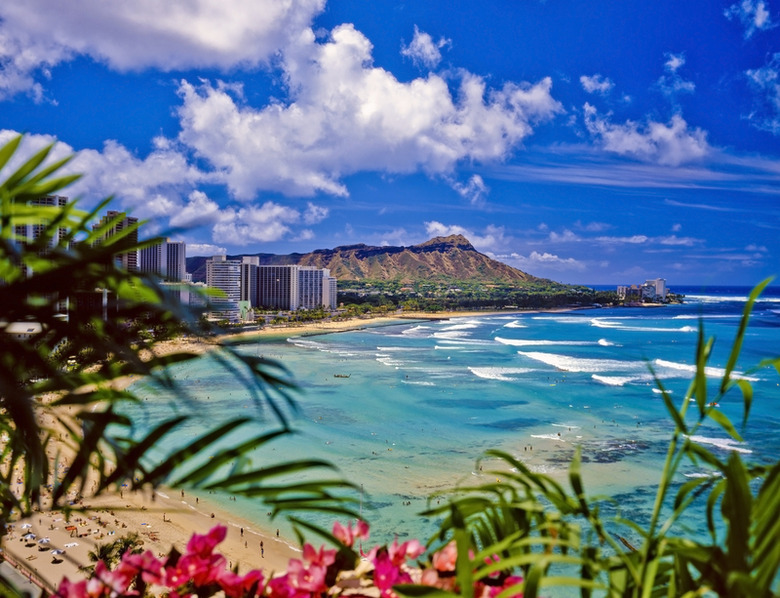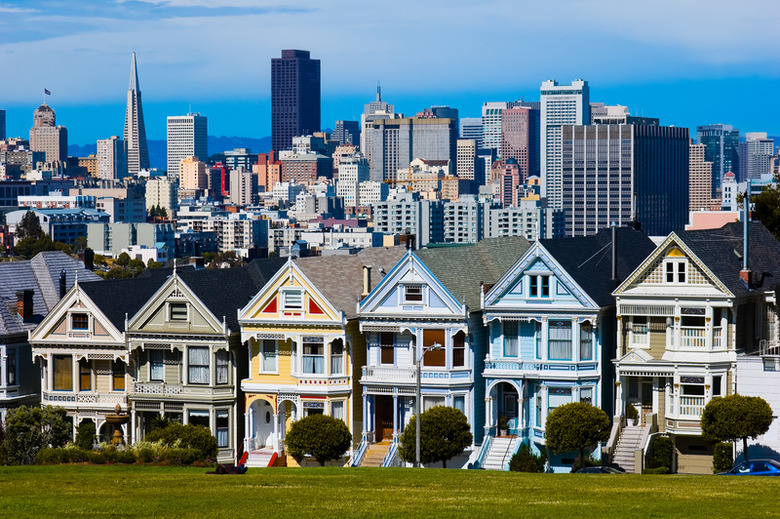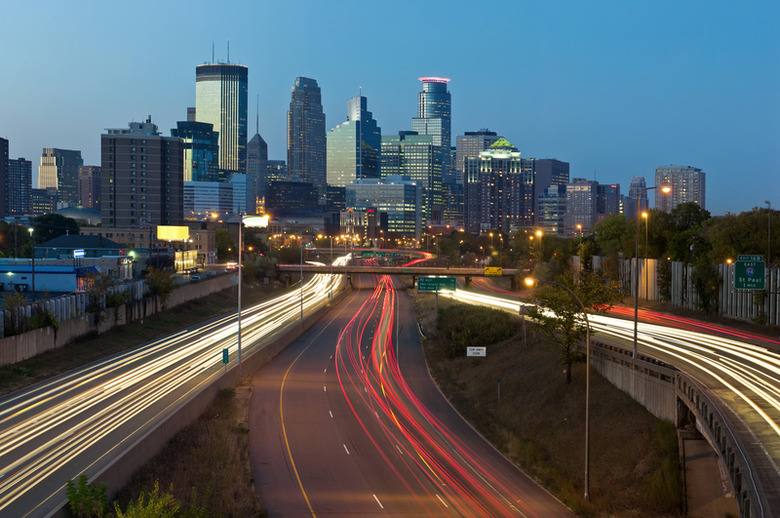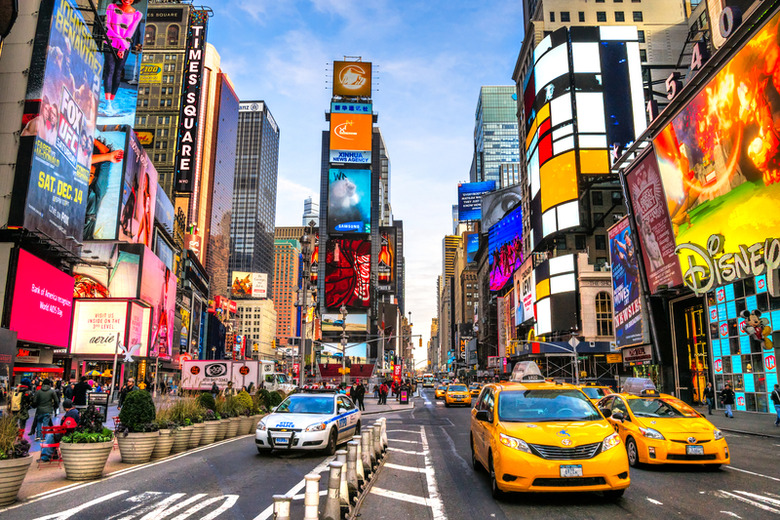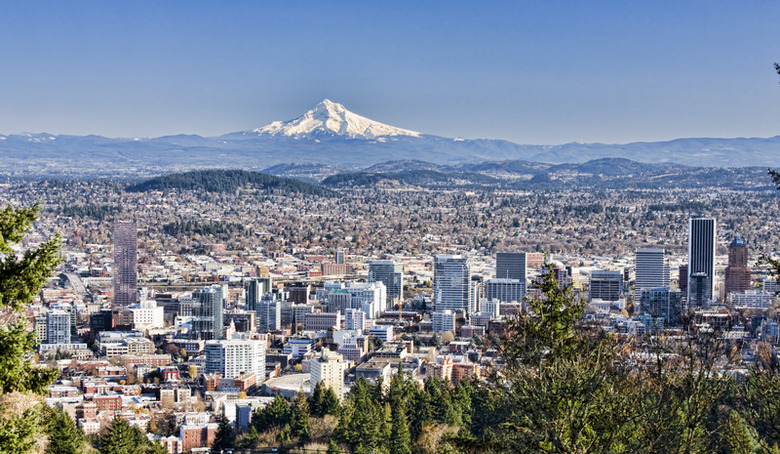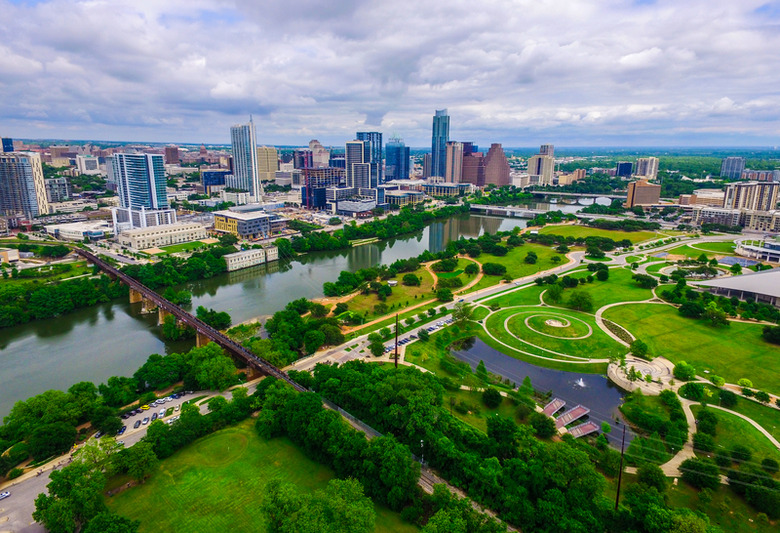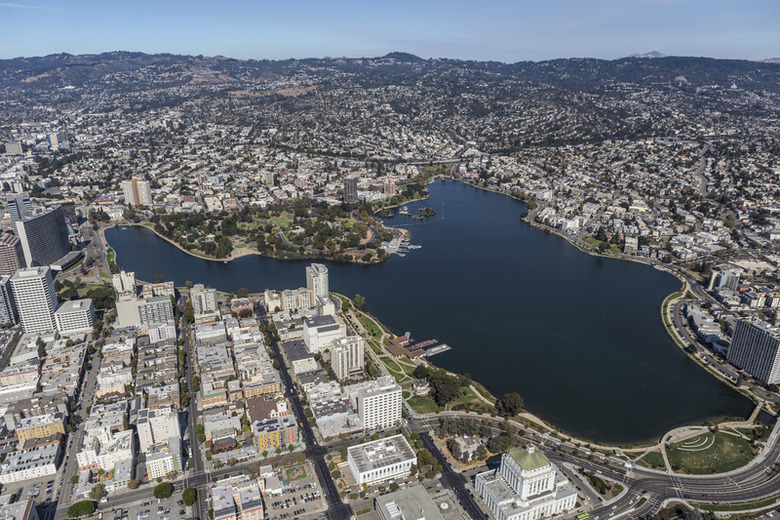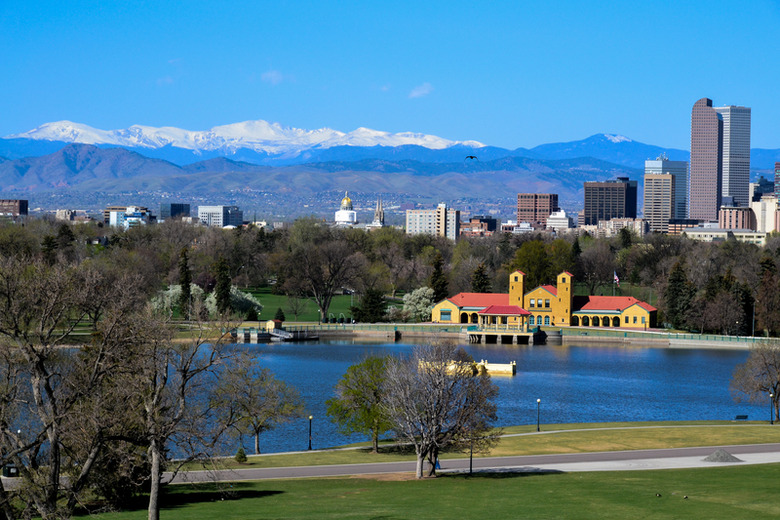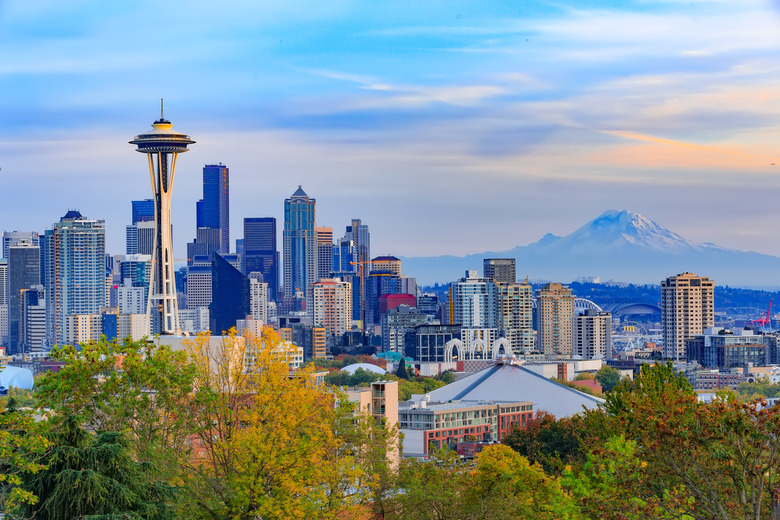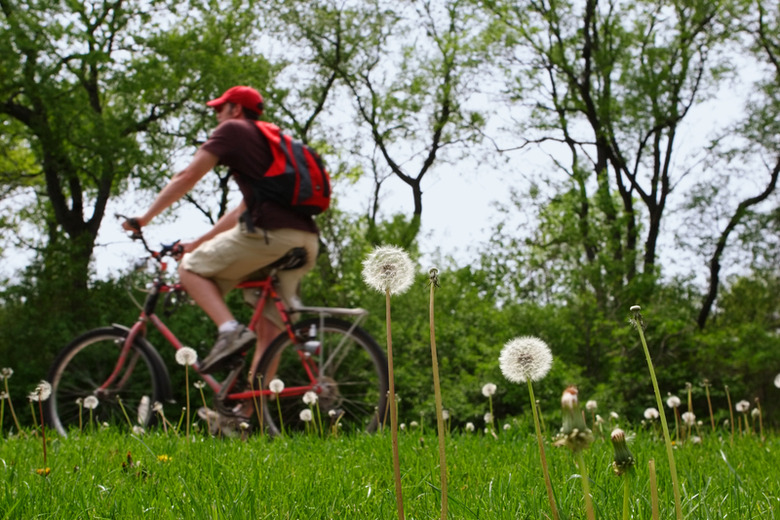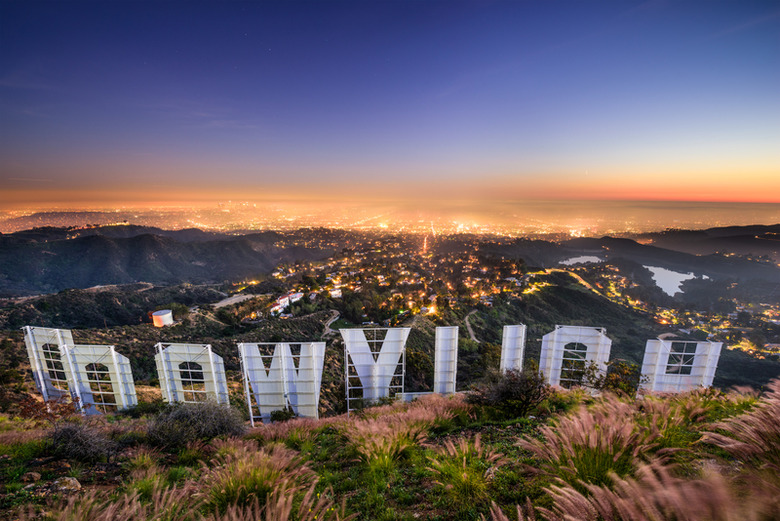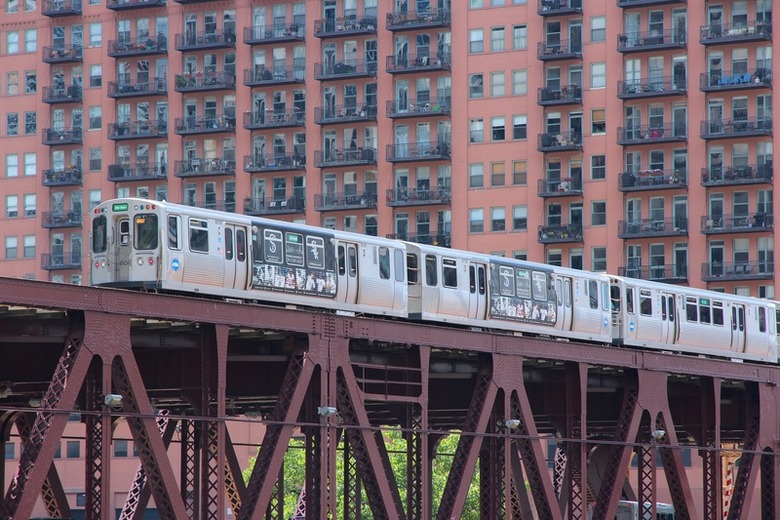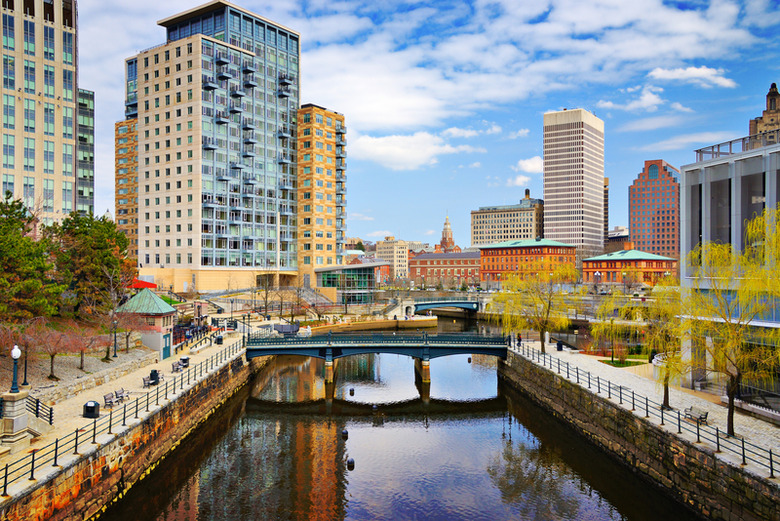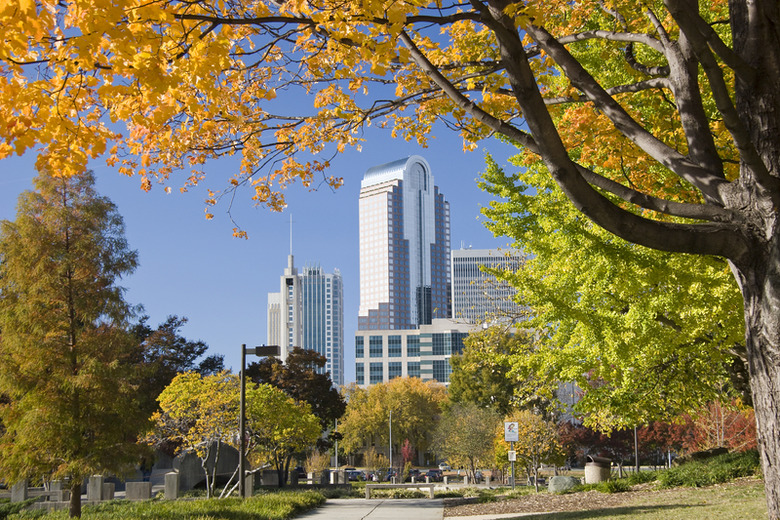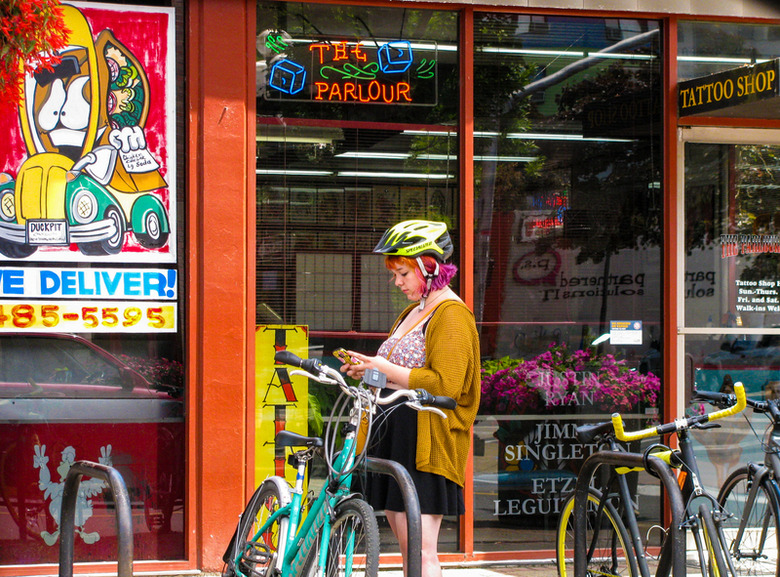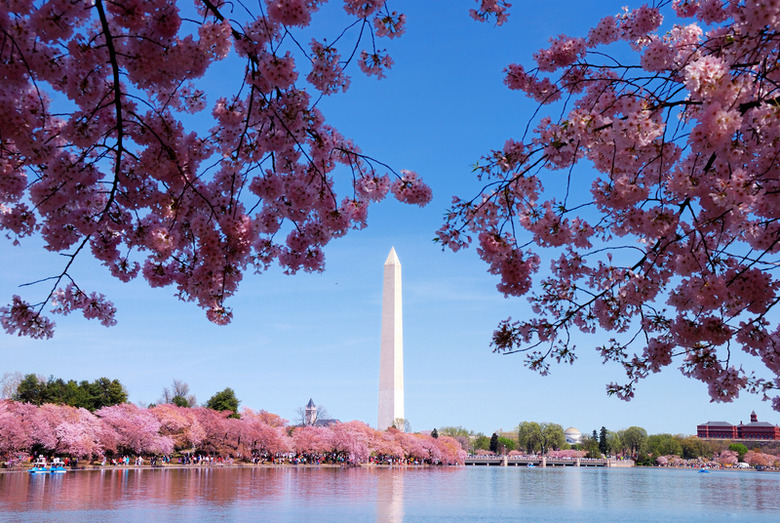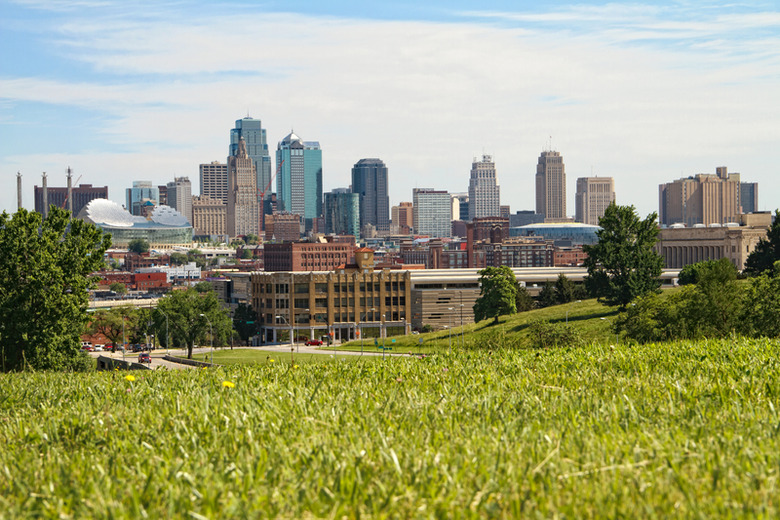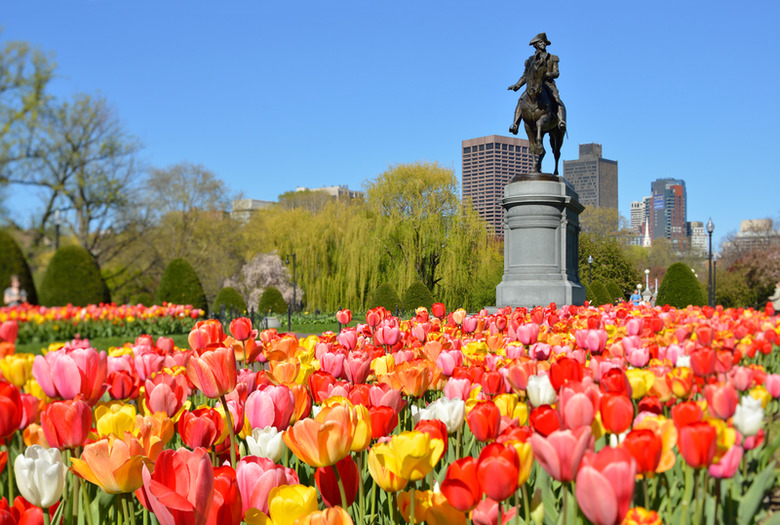The 20 Most Eco-Friendly Cities In America
The 20 Most Eco-Friendly Cities in America
Kermit the frog claims it's not easy being green. While cities across the country struggle with how to protect the planet through local programs and policies, there are a handful of metropolises that have pulled ahead of the pack thanks to the efforts of their city governments and their citizens to be eco-friendly.
While there's no government criteria or widely agreed on measurement for ranking the greenness of a city or even defining what "green" means, many organizations and publications have conducted their own research, using a variety of different parameters, such as air and tap water quality, recycling, energy consumption, green space, greenhouse gas emissions and more.
Here are 19 cities that have earned reputations as pioneers in the effort to make American cities more sustainable.
Honolulu, Hawaii
Hawaii has an image among mainlanders of a pristine island getaway where you can breathe easy. According to NerdWallet, that isn't just a tourism ploy. The city of Honolulu has the best air quality among major cities in the U.S. The vacation spot also has widespread residential use of solar energy with 1 percent of homes utilizing this source, as well as energy-efficient buildings and regular use of public transit by residents.
San Francisco, California
According to the extensive Siemens Green City Index, San Francisco is the most eco-friendly city in U.S. and Canada due to its trailblazing efforts in recycling and waste management. The Bay Area city was the first in the U.S. to require that all residents and businesses separate trash from compost and recyclables. It has the highest recycling rate in the country, with 77 percent of its waste getting recycled. It was also the first city to ban use of plastic shopping bags all the way back in 2007.
Minneapolis, Minnesota
Minneapolis has both big and small green initiatives that land it among the most eco-friendly cities in the country. Target Field, the first LEED-certified pro-sports venue in North America, collects and filters millions of gallons of rainwater and snowmelt a year, while the massive Mall of America doesn't have central heating, instead using passive solar power from 1.2 miles of skylights for warmth. Overall, Minneapolis ranks as one of the top cities in the nation for LEED-certified buildings and policies advancing energy efficiency.
Albuquerque, New Mexico
Albuquerque, N.M., places a huge emphasis on renewable energy and sustainable food practices. Albuquerque takes advantage of its roughly 300 days of sunshine per year with solar panels on parking garages and solar water heaters at community pools. To beat the heat, they employ "cool roofs," which reduce the heat a home absorbs thus lowering air conditioning use and decreasing pollution. The city allows chickens and ducks in residential areas as well as larger livestock like cows, sheep and goats on lots exceeding 1/2 acre, so many residents are able to able to make their own food or easily access locally raised products from eggs to herbs. Albuquerque also has the most square feet of parkland per person in the country.
New York City
New York City crushes it when it comes to the public transportation game. According to Popular Science, more than 54 percent of New Yorkers take public transportation to work, and NerdWallet calculated that 77.5 percent of NYC residents walk, bike, carpool or use public transit to commute. Since 2007, underwater turbines have been installed in the East River along Roosevelt Island in an attempt to use the flow of the river and tides to generate electricity for thousands of residents.
Portland, Oregon
Often ranked as America's top green city in studies by the likes of Popular Science, Portland has a hip food scene that prioritizes sustainability and local products. A quarter of commuters travel by bike, carpool or public transit. The city has more LEED-certified residential towers than any other city in the U.S. In perhaps its biggest accomplishment, Portland gets the majority of its energy from renewable sources and has pledged to become 100 percent fueled via renewable power by 2050.
Austin, Texas
In 2017, Listshack named Austin the most eco-friendly city in the country thanks to its 5.113 LEED buildings per every 1,000 residents. The Texas capital and birthplace of Whole Foods also has almost a mile of bike lanes for every 10,000 residents, as well as a high rate of farmers markets, electric car plug-ins and parks and green space.
Oakland, California
With its zero-emissions bus system, some of the nation's cleanest tap water and a green building ordinance for both public and private development, Oakland is one of the nation's leaders in eco-friendly efforts. Oakland gets 17 percent of its energy from renewable sources and has implemented programs to be zero waste and oil independent by 2020.
Denver, Colorado
Denver, which is home to the nation's largest light rail system, is committed to green efforts. The city doesn't use pesticide in its parks and has committed to planting 1 million trees in the metro area by 2025. And Denver has pledged to cut its greenhouse gas emissions by 80 percent by 2050 and increase its use of renewable energy, especially wind and solar. Researchers at the University of Colorado Denver developed a new kind of green concrete, which the city government now requires all new construction projects to use.
Seattle, Washington
The Emerald City, as Seattle is nicknamed, is both literally and figuratively green. Parks cover about 10 percent of the whole city, according to Travel + Leisure, which ranks Seattle as the No. 6 greenest city in the country. Other organizations give the city credit for its LEED-certified buildings, locally sourced cuisine, and the fact that hydroelectricity provides more than 90 percent of the city's power.
Madison, Wisconsin
Another green Midwestern city is Madison. The state capital and home of the University of Wisconsin, Madison often earns a top spot in eco-friendly rankings because of its transportation. The city is easily navigated by walking or biking and has a successful bike-sharing program. In fact, according to NerdWallet, Madison has more bikes than cars, which likely contributes to its air quality. Madison is also working toward using 100 percent renewable energy and achieving net-zero greenhouse gas emissions.
Los Angeles, California
Siemens ranks LA as the seventh greenest city in North America in its Green City Index thanks to the fact that Los Angeles recycles 62 percent of its waste, which is more than almost every major city in Europe. Despite its reputation for bumper to bumper traffic, LA is investing in public transit, reducing smog and revitalizing public space. And as of 2017, almost 50 percent of commercial space in Los Angeles is green certified.
Chicago, Illinois
Chicago has the distinction of having 2.5 million square feet of green roofs, more than all other U.S. cities combined. The city has committed to converting power plants to use cogeneration technology, making them more efficient than typical, wasteful fuel-burning power plants. With a long-running public transit infrastructure based around the "El," Chicago also boasts more than 12,000 acres of public parks and waterfront space.
Providence, Rhode Island
In 2014, the city government of Providence, R.I., established its Sustainable Providence plan, its goals for future eco-friendly initiatives. Officials are working on establishing a zero emissions strategy by 2033, a 30 percent reduction of energy use for all city owned property by 2030, and an effort for all bodies of water to be swimmable and fishable. Beyond these initiatives, Providence's food scene is pulling its weight as well. According to Travel + Leisure, Hemenway's donates 1,000 oyster shells a week to help build an artificial reef, while coffee shops like New Harvest Coffee Roasters use organic and locally sourced beans.
Charlotte, North Carolina
In magazine Corporate Knights' 2012 ranking of the most sustainable cities, Charlotte, N.C., tied with Oakland and Albuquerque for fifth in the country because of the city's fast-growing sustainability initiatives, programs and policies. The city offers energy efficiency grants to businesses, composts 36,000 tons of commercial food waste every year, and has expanded its railway, hybrid electric bus and bike share programs.
Eugene, Oregon
Eugene, Ore., the state's second-largest city, has been doing the green thing for decades and topped plenty of "greenest city" studies from the likes of National Geographic along the way. Renewable energy provides more than 85 percent of the city's power, and Eugene launched the Emerald Express, a sustainable hybrid public transit system, a decade ago in 2008. The city attracts sustainable business such as restaurants and food and printing companies. The University of Oregon, home to one of the nation's biggest environmental studies programs, is also located in Eugene.
Washington, DC
The nation's capital has an extensive mass transit system as well as more than 230,000 acres of park space. D.C. residents promote green lifestyles, such as recycling and shopping at organic grocers and farmers markets, and support government policies that prioritize the environment.
Kansas City, Missouri
Kansas City, Mo., is known for its locally sourced cuisine, especially barbecue, as well as its 200 fountains and ample green space. In 2016, the city opened a free streetcar that travels two miles through downtown, and the city's bike share program has continued to expand since commencing in 2012.
Boston, Massachusetts
Boston is chock full of history, including the oldest mass transit system in the country. The pedestrian-friendly town is walkable for both tourists and residents. In fact, 15 percent of Bostonians walk to work, according to NerdWallet. Boston has LED traffic lights, many taxis companies that use hybrid vehicles, a wind turbine on city hall, and plans to continue to develop biogas plants, where food waste and yard clippings would be converted in compost as well as generate power.

